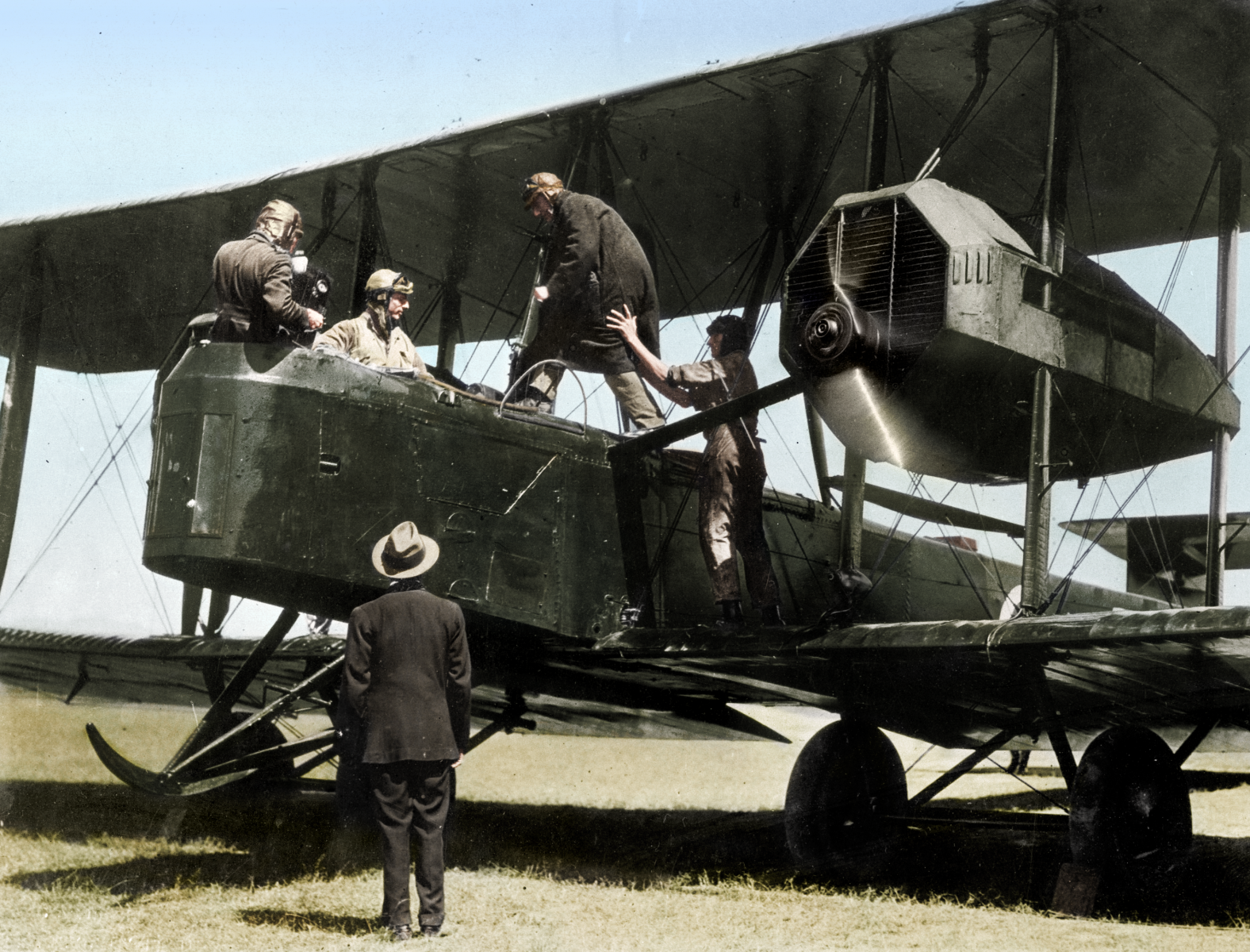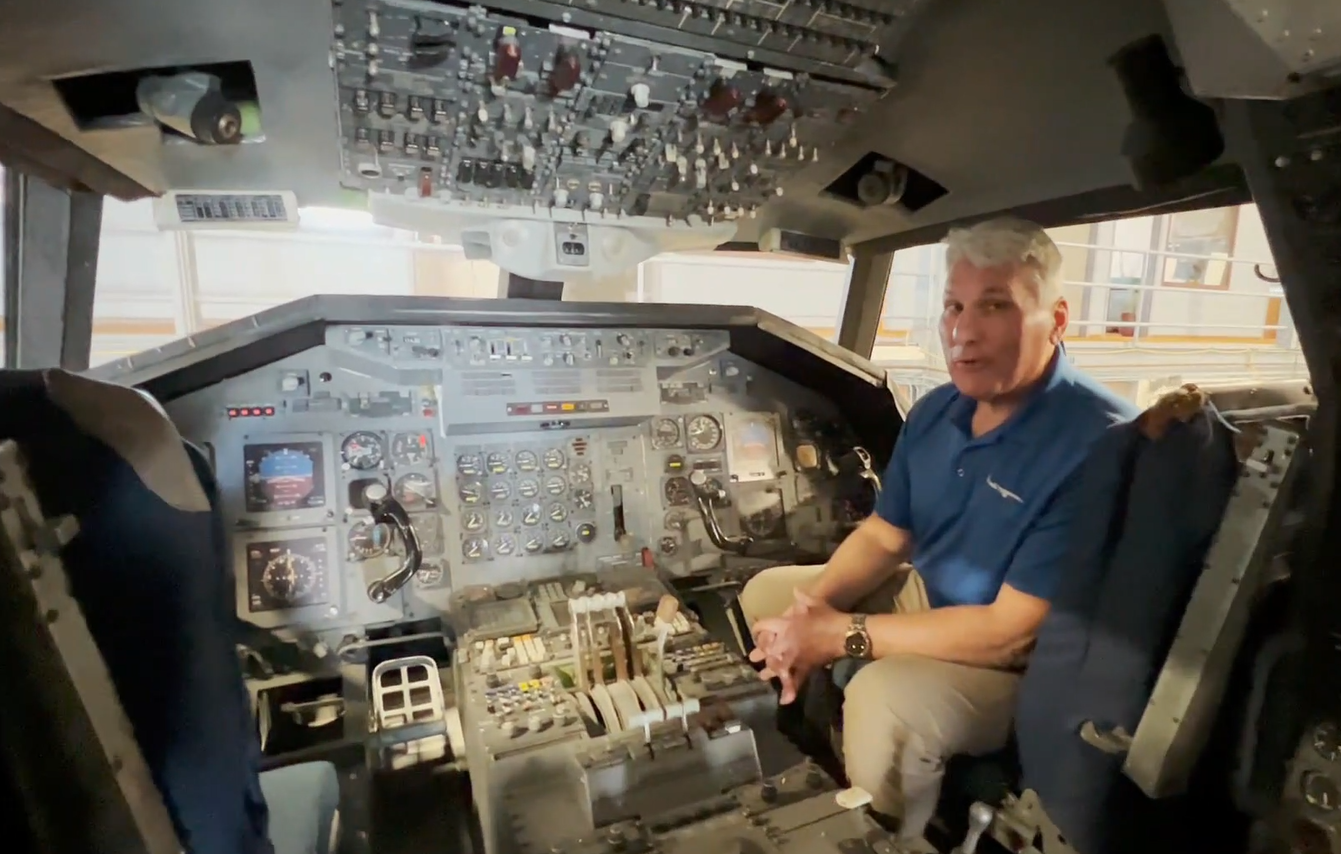Ross and Keith Smith - trailblazers
19 March, 2018
3 min read
Airline News

Geoffrey Thomas
By joining our newsletter, you agree to our Privacy Policy


Australia has been blessed with many great aviators who trailblazed routes across the globe and among the first to fly into the record books were Sir Ross and Sir Keith Smith, who pioneered the Britain to Australia route in 1919.
On Saturday, March 24, Australia's Qantas will launch the first non-stop flight between Australia and the UK (Europe) - the last two populated continents to be connected non-stop.
The brothers were born in South Australia but their mother Jessie Macpherson was from New Norcia. She met her husband Andrew Smith in WA after he migrated from Scotland.
Shortly afterward they moved to South Australia to manage a sheep station.
Read: Chasing the Double Sunrise
The brothers had very different careers up to World War I but ended up flying within weeks of each other.
Ross Smith joined the Australian Mounted Cadets and later the 10th Australian Infantry Regiment, the Adelaide Rifles.
At the outbreak of war, he enlisted as a private in the 3rd Light Horse Regiment, Australian Imperial Force and rose quickly through the ranks. In July 1917JU he joined the Australian Flying Corps.
His brother Keith, however, who worked for Elders, was rejected for military service on medical grounds but he had treatment and then paid his own passage to England to enlist in the RoyalJU Flying Corps.
He did not see active duty but was involved in training pilots.
But Ross saw extraordinary action and was twice decorated with the Military Cross and three times with the DistinguishedJU Flying Cross.
He also flew for T. E. Lawrence (Lawrence of Arabia) and is mentioned several times in Lawrence’s book, Seven Pillars of Wisdom.
In 1919, Australian Prime Minister Billy Hughes announced the now famous air race with a prize of £10,000 to be awarded for the first “machine” to fly from London to Australia in 30 days or less. The brothers leaped at the chance, especially as Ross Smith had done many survey flights during WWI.
Vickers, looking to promote its planes, supplied a twin-engine Vimy, and accompanied by two mechanics, the attempt left from Hounslow, just west of London, on November 12, 1919.
Flying conditions were tough and very hazardous until they reached Basra on November 22.
Disaster almost struck at Singora in southern Thailand with JUtorrential rain and a poor landing area creating some anxious moments.
The record attempt was again in jeopardy when the Vimy became bogged in Surabaya.
On December 10 the Vimy reached Darwin at 3.50pm after 18,250 km and 28 days. The actual flying time was 135 hours at an average speed of 137km/h.
Both brothers were knighted and their mechanics, sergeants Wally Shiers and Jim Bennett, were commissioned and awarded bars to their air force medals.
Ross and Keith Smith insisted that the prize money be shared equally.
Not long afterward Ross Smith and Bennett were killed while test flying a new plane in Britain in April 1922.
Keith Smith, who arrived late for the flight, witnessed the tragedy.
Sir Keith Smith was later appointed Australian agent for the aircraft manufacturer Vickers and was the vice-president of British Commonwealth Pacific Airlines and a director of Qantas and Tasman Airways.
The Vickers Vimy that made the epic journey in 1919 is displayed at Adelaide airport.
Next Article
2 min read
Qantas triples profit but misses mark

Get the latest news and updates straight to your inbox
No spam, no hassle, no fuss, just airline news direct to you.
By joining our newsletter, you agree to our Privacy Policy
Find us on social media
Comments
No comments yet, be the first to write one.
